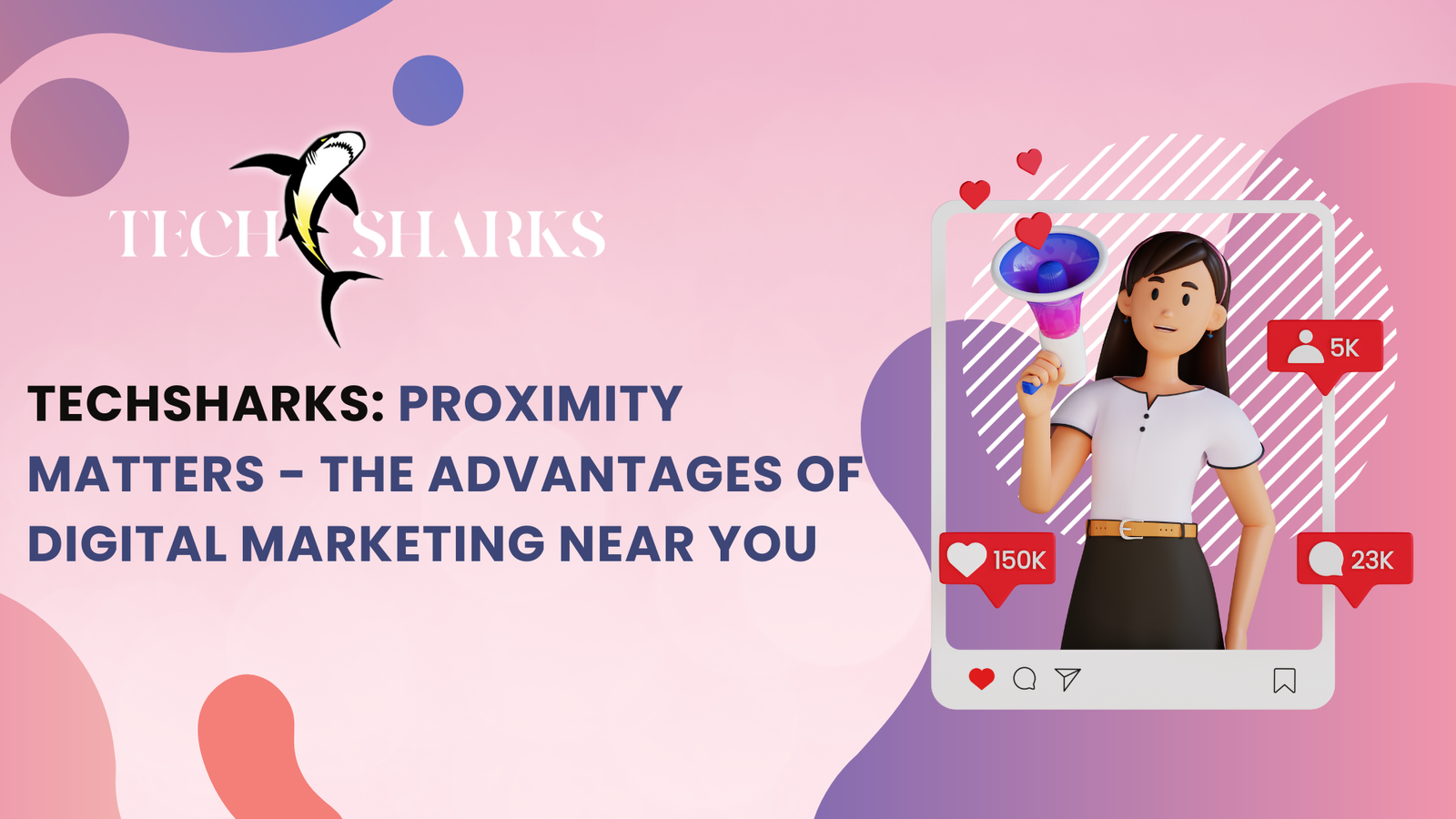If you’re pouring hours into creating content, building a following, and getting likes on your posts—but not seeing sales—it’s time to shift focus. In 2025, having a viral reel or thousands of followers is great, but if they’re not converting into paying customers, then you’re leaving money on the table.
This is where a strong social media conversion strategy comes in.
In simple terms, it’s about intentionally moving your audience from passive scrollers to active buyers—without being pushy or salesy. Whether you’re a small business owner, a content creator launching a product, or a brand manager, this guide will walk you through how to make your social media presence actually work for your business.
Why Likes Don’t Pay the Bills
Let’s start with a hard truth: engagement ≠ revenue.
Sure, likes and shares are encouraging, but they don’t pay salaries or cover your ad spends. Many brands get stuck in a loop of “more content, more followers,” hoping one day that momentum will magically lead to sales. But without a plan to guide those followers through the buyer journey, they’ll just stay… followers.
The real game is in building trust, relevance, and actionable pathways from your content to your checkout page.
What is a Social Media Conversion Strategy?
A social media conversion strategy is your roadmap to turn online attention into actual business results—leads, sign-ups, purchases, bookings, etc. It’s not just about posting content. It’s about posting with purpose.
At its core, it includes:
Attracting the right audience
Building trust through valuable content
Creating strong calls-to-action (CTAs)
Designing seamless user journeys
Optimizing content to nudge decisions
Let’s break down how to do this, step by step.
Step 1: Know Who You’re Talking To
This sounds basic, but it’s often missed. Who are you trying to convert? A 22-year-old student and a 38-year-old entrepreneur scroll for completely different reasons. Your social media conversion strategy should begin with building customer personas.
Ask yourself:
What problems does my ideal customer face?
What do they care about?
What platforms are they most active on?
What kind of content do they trust?
Use polls, comments, and DMs to gather this data. The more real your audience feels, the better you can speak to their needs—and guide them toward solutions (that you offer).
Step 2: Educate > Sell
People rarely buy on impulse from social media. Especially if they’ve never heard of your brand before. Instead of jumping to “Buy now,” focus on education-first content.
For example:
A skincare brand can share “3 Mistakes People Make with Sunscreen” instead of “Buy Our SPF 50.”
A fitness coach can post “What You Should Eat Before a Morning Workout” instead of just promoting their paid plan.
This builds authority and trust. And trust, more than anything, is the bridge between a follower and a customer.
Step 3: Build a Content Funnel (Yes, a Funnel)
Think of your content in 3 levels:
1. Top of Funnel (TOFU) – Awareness
Reels, memes, behind-the-scenes, relatable content—things that stop the scroll. This brings people into your ecosystem.
2. Middle of Funnel (MOFU) – Engagement & Trust
How-to’s, tips, Q&As, problem-solving posts. This is where you show value and solve their pain points.
3. Bottom of Funnel (BOFU) – Conversion
Testimonials, limited-time offers, product demos, “link in bio” reminders. These are your money posts—they drive action.
If your feed only has TOFU content, it’s no wonder people aren’t buying. Your social media conversion strategy needs content across all stages to truly work.
Step 4: Nail Your CTAs (Call-to-Actions)
“Check our website.”
“Link in bio.”
“DM us for more.”
These are fine, but they’re generic. Try making your CTAs specific, personal, and action-driven.
Examples:
“DM us the word ‘START’ and we’ll send you a free guide.”
“Tap ‘Save’ if you’ll try this tonight.”
“Want to fix your hair fall in 4 weeks? Click the link in bio for our starter kit.”
Test different CTA styles. Monitor what works. And never post without one.
Step 5: Make the Path to Purchase Friction-Free
Once someone clicks your link or visits your page, what happens next?
If your landing page is slow, your product info is confusing, or the payment process is clunky, you’ll lose people. A good social media conversion strategy doesn’t stop at the post—it flows into the backend experience.
Some quick fixes:
Mobile-optimize everything
Keep product pages clean and clear
Highlight reviews or ratings
Reduce the number of steps to check out
You’ve worked hard to get their attention. Don’t lose them at the finish line.
Step 6: Use Stories, DMs, and Comments Wisely
Conversion doesn’t always happen on the feed. It happens in the conversations. Use:
Instagram Stories for polls, FAQs, before-afters
DMs to start personalized chats and solve doubts
Comments to answer publicly (and help others lurking)
Many small brands close sales right in the DMs. It’s like the modern-day shopkeeper chat. Be friendly, helpful, and real.
Step 7: Track What’s Working (And What’s Not)
Use platform insights, Google Analytics, or tools like Bit.ly and UTM links to see:
Which posts get the most clicks
Where drop-offs happen in the buyer journey
What days/times work best
Your social media conversion strategy should evolve with data. Keep testing formats, offers, and captions. What worked last month might not hit next month.
Bonus Tip: Don’t Forget Retargeting
Most people won’t buy on the first visit. That’s okay. But you can still bring them back through:
Instagram/Facebook retargeting ads
Email sign-ups from lead magnets
WhatsApp opt-ins with special offers
Stay in touch. Keep showing up. Familiarity builds trust. Trust builds conversions.
Final Thoughts: From Vanity to Value
Social media can feel like a popularity contest sometimes. But business isn’t about being popular—it’s about being profitable. A strong social media conversion strategy ensures that every reel, caption, and DM is nudging someone closer to becoming a loyal customer.
So next time you post, ask yourself:
“Is this building my brand or my bank account?”
With the right strategy, you can do both.




